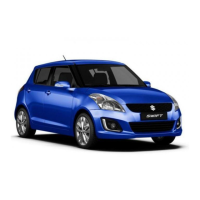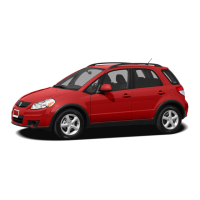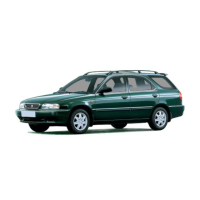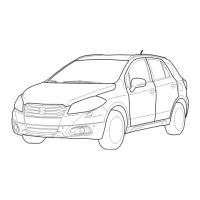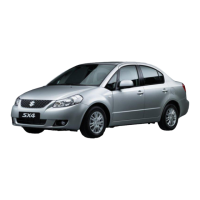8-1
VEHICLE LOADING AND TOWING
69TB-01E
Vehicle loading
Your vehicle was designed for specific
weight capacities. The weight capacities of
your vehicle are indicated by the Gross
Vehicle Weight Rating (GVWR) and the
Permissible maximum Axle Weight (PAW,
front and rear). The GVWR and PAW (front
and rear) are listed in the “SPECIFICA-
TIONS” section.
GVWR – Maximum permissible overall
weight of the fully loaded vehicle (including
all the occupants, accessories and cargo
plus the trailer nose weight if towing a
trailer).
PAW – (Front and Rear) Maximum permis-
sible weight on an individual axle.
Actual weight of the loaded vehicle and
actual loads at the front and rear axles can
only be determined by weighing the vehi-
cle. Compare these weights to the GVWR
and PAW (front and rear). If the gross vehi-
cle weight or the load on either axle
exceeds these ratings, you must remove
enough weight to bring the load down to
the rated capacity.
Trailer towing
55T080010
Towing a trailer can adversely affect han-
dling, durability and fuel economy. Your
vehicle can be used to tow a trailer which
does not exceed the towing capacity spec-
ified below:
WARNING
• Never overload your vehicle. The
gross vehicle weight (sum of the
weights of the vehicle, all the occu-
pants, accessories, cargo plus
trailer nose weight if towing a
trailer) must never exceed the
Gross Vehicle Weight Rating
(GVWR). In addition, never distrib-
ute a load so that the weight on
either the front or rear axle exceeds
the Permissible maximum Axle
Weight (PAW).
• Always distribute cargo evenly. To
avoid personal injury or damage to
your vehicle, always secure cargo
to prevent it from shifting if the
vehicle moves suddenly. Place
heavier objects on the floor and as
far forward in the cargo area as
possible. Never pile cargo higher
than the top of the seat backs.
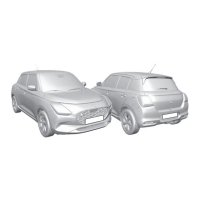
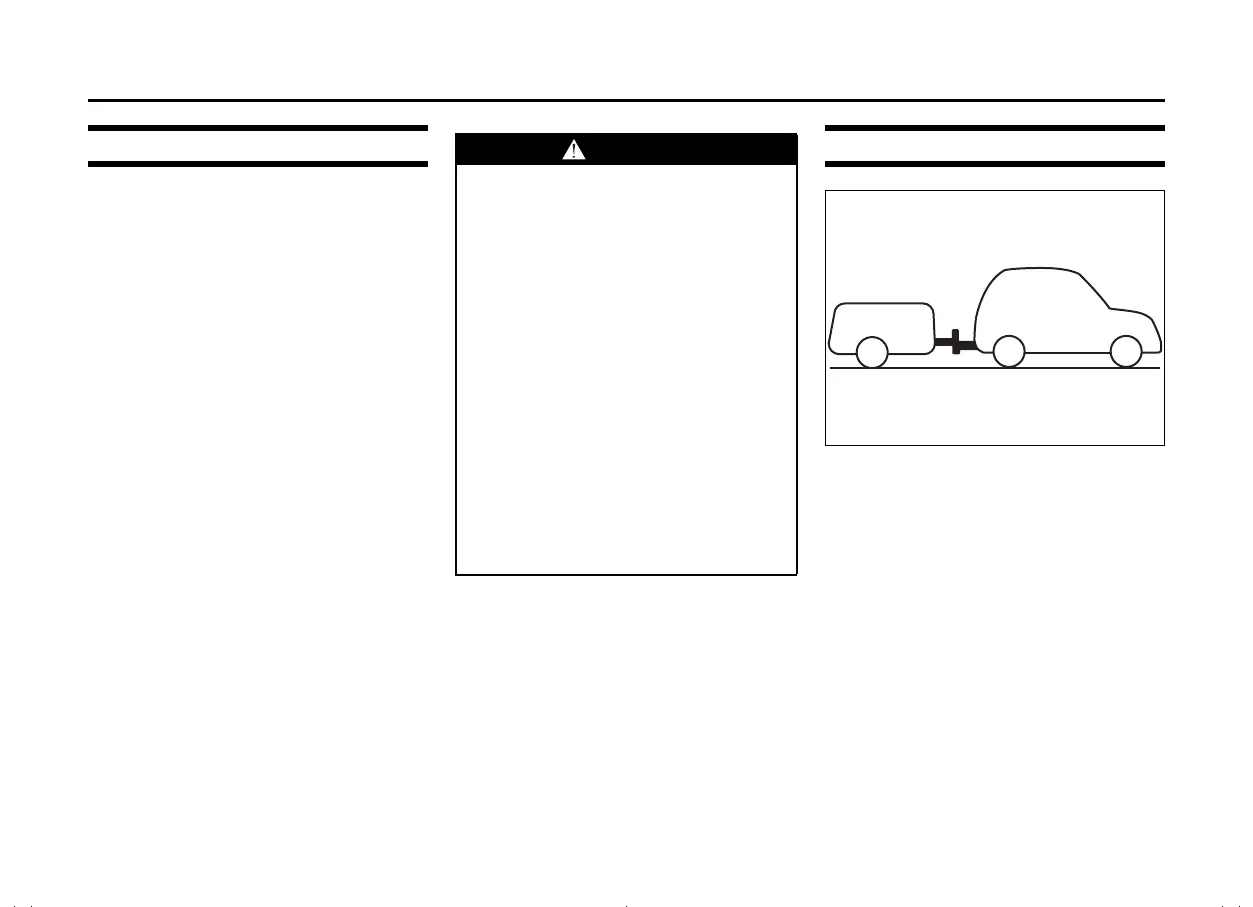